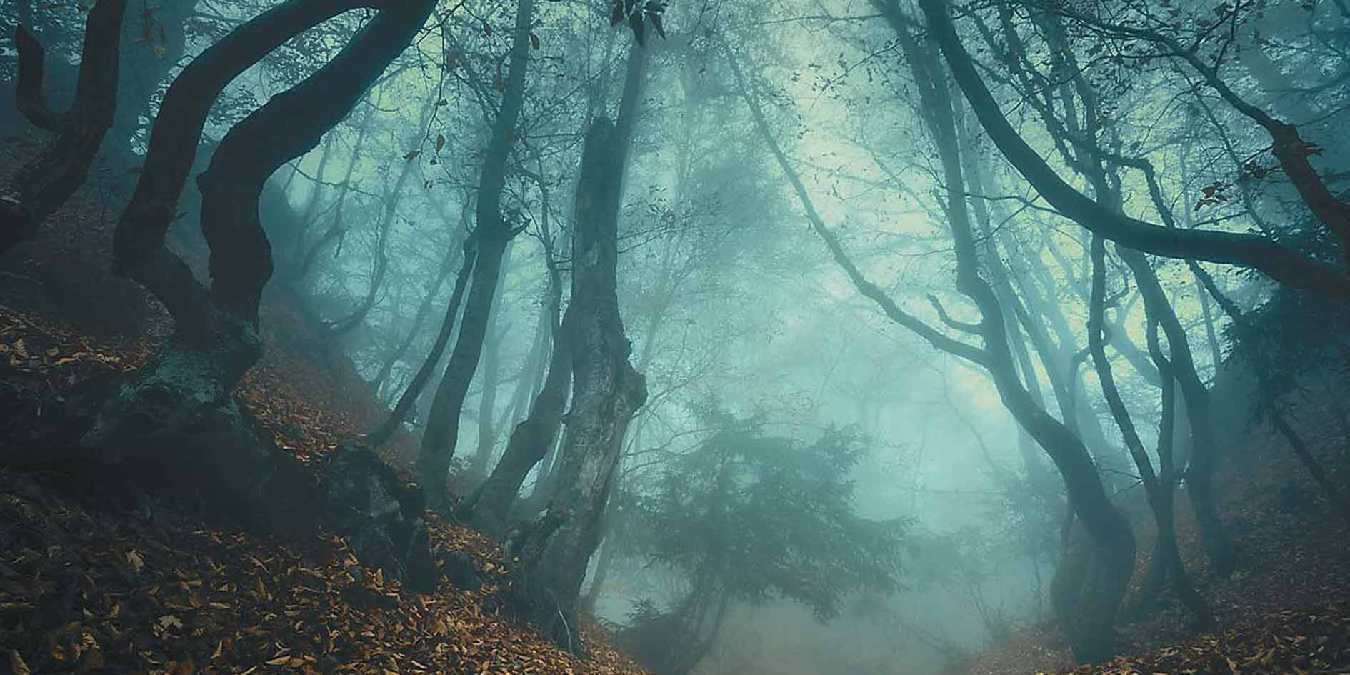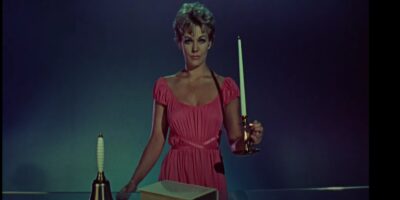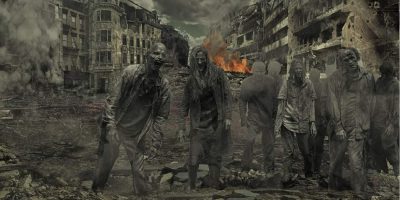
Horror fans are always looking for new and interesting premises to explore, and while mainstream American horror cinema is typically known for Themed Serial Killers, Haunted Houses, and thanks to A-24, a bunch of Pagan Cult stuff, its interesting to explore what else is out there. From classic folktales, to ancient myths, to modern internet culture, the mine of fresh, untapped horror premises runs deep, and it runs wide.
If you want to see examples of folktales that have made good horror movies here’s a list of some of the best Folk horror movies
1. The Backrooms
The Backrooms is an internet urban legend that was started on 4chan and expounded upon by collaborative horror fiction websites like The SCP Foundation and Creepy Pasta and now, even has its own wiki site.

Starting out as a series of pictures of interior spaces that “just feel off”, internet users started adding lore to these images and creating diverse ecosystems of monsters and hazards to each room. Creatures such as “Hounds” which are pale, disfigured humanoids that trundle around on all fours, and “Smilers” who hide in darkness so only their shining eyes and large grinning teeth are ever visible. Supposedly, you enter the Backrooms by “clipping” through reality (to use a video game term referring to a player passing through a wall into a space they weren’t originally supposed to have access to) and once you are there, you simply must survive hallways that seem to never end, abandoned buildings that are always half full of black stagnant water, and other super-liminal spaces until “The Way Out” decides to manifest itself to you.
There have already been several indie games and one found footage short film based on the Backrooms, but a feature film with a good sized budget could really bring the locations and creatures of this sinister environment to life.
2. Boo-Hags
A Boo-Hag is a South Carolina folktale from Gullah culture. It essentially combines the aspects of a vampire, John Carpenter’s The Thing, and Freddy Krueger (or Vecna since we’re all hot off of Stranger Things). Unlike a vampire however, the Boo-Hag steals a person’s breath while they are sleeping instead of their blood and in order to ensure their victims stay asleep, the Boo-Hag first puts them into a deeper state of unconsciousness by manipulating their dreams to keep them docile and unaware of what is happening to them.

The Boo-Hag also is without skin and thus appears bright red, so during the daylight hours they must wear the skin of a previous victim, thereby adding a whodunit aspect to any Boo-Hag film as everyone begins to realize it could be masquerading as anyone, even someone they know, creating a tense and paranoid atmosphere amongst characters similar to that cultivated in card games like Mafia or Werewolf or in video games like Among Us.
3. The Algea
The Algea are sister goddesses from Greek mythology that are personifications of suffering, both physical and emotional, each one representing such in a different form. Lupe is the goddess of psychical pain, Achos is the goddess of grief, and Ania is the goddess of sorrow. Whether they are specifically the deities that manipulate events to cause tragedy and suffering, or they are simply deities that show up when suffering is at hand, a story centered around these emotions being portrayed as physical beings characters can interact with and observe lends itself wonderfully to the visual medium of film.

The novella Grief is the Thing with Feathers by Max Porter has established a version of this concept where grief is depicted as a large raven, so literally and figuratively taking a page out of his book we see a skeleton for how the concept could work. Following the events of some grand tragedy, a single family is visited by a trio of odd women whose sole purpose is to take the family through their grieving process, each sister going about it from a different angle, ultimately showing the many ways in which a person can overcome their suffering. See? It can be spooky but it can also ultimately feel good.
4. Sirenhead
Similar to the Backrooms, Sirenhead also started out as just an image online, this one by horror artist Trevor Henderson, that was then adopted by the internet and had an urban legend built around it. Sirenhead is similar to another famous internet urban legend, Slenderman, in the sense that they are both incredibly tall figures that hide in the forest.

However, Slenderman comes nowhere near Sirenhead’s whooping forty foot tall humanoid build with a large set of speakers in place of a head (“Speakerhead” really doesn’t sound as cool, it sounds like a position to try to get elected for.) Sirenhead uses these speakers to lure in victims by mimicking the sound of someone in distress. After claiming a new victim, it records their final cries for help and then uses that as its next distress call. Imagine the bear from Alex Garland’s 2016 film Annihilation whose DNA merges with whatever it eat, but the whole movie is just that monster hunting a team of lost explorers one by one.
5. Futakuchi-onna (Two-mounted Woman)
Futakuchi-Onna is a Japanese folktale about a man who marries a woman who appears to not eat anything but secretly has a second mouth hidden on the back of her head that eats twice as much. Using her long dark hair that she can move like an extra set of arms or tentacles, she secretly feeds at night while her husband is asleep.
From a film perspective you could write this story through the eyes of the husband, slowly learning his wife is secretly a sexier but ultimately more upsetting version of Professor Quirrell from Harry Potter, or through the eyes of the woman, since the Futakuchi-onna is a creature that started out as a regular woman, perhaps she doesn’t know she has a second mouth on the back of her head and blacks out every time it takes over.
Still want more unique horror? check out the best horror podcasts to listen to.













